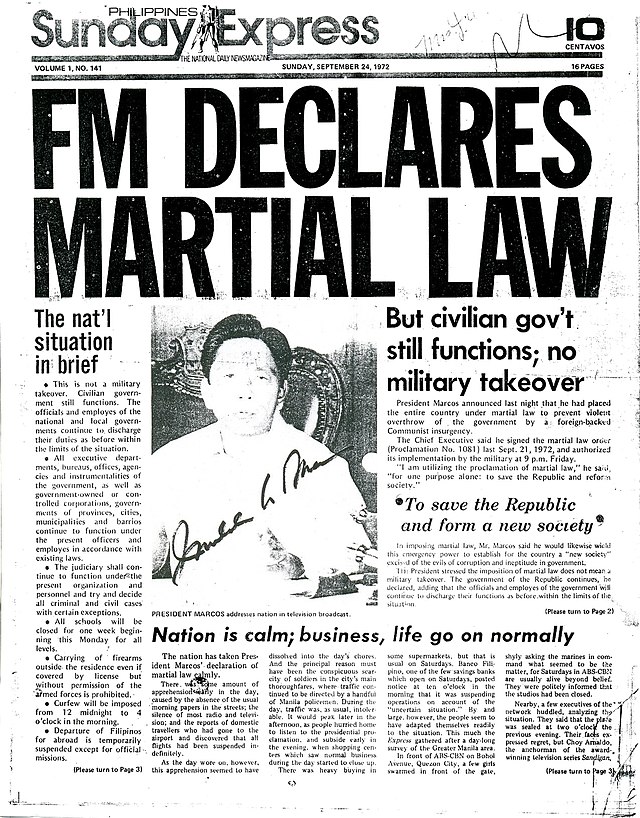How News Articles can Save You Time, Stress, and Money.
How News Articles can Save You Time, Stress, and Money.
Blog Article
Getting The News Articles To Work
Table of ContentsSome Known Factual Statements About News Articles The 9-Second Trick For News ArticlesThe Buzz on News ArticlesThe 7-Minute Rule for News ArticlesThe Best Guide To News Articles
Excellent understanding of various topics gives students a competitive side over their peers. Although digital and social networks are conveniently available, we ought to not neglect how important it is to check out the newspapers. Parents have to try and instill the routine of reading a paper as a day-to-day routine to proceed the heritage of the revered print tool.News stories also consist of at least one of the complying with essential qualities loved one to the designated target market: proximity, importance, timeliness, human rate of interest, quirk, or consequence.
Within these restrictions, information tales additionally aim to be thorough. Among the bigger and extra recognized newspapers, fairness and balance is a major aspect in offering information.
Newspapers with a global audience, for instance, often tend to make use of an extra official style of writing. The specific choices made by a news electrical outlet's editor or content board are usually accumulated in a style overview; usual style guides consist of the and the US News Design Publication. The main goals of information writing can be summarized by the ABCs of journalism: accuracy, brevity, and clarity.
Things about News Articles
As a policy, journalists will not use a long word when a brief one will certainly do. Information authors attempt to avoid using the same word much more than once in a paragraph (occasionally called an "echo" or "word mirror").
Headlines often omit the subject (e.g., "Jumps From Watercraft, Catches in Wheel") or verb (e.g., "Feline woman lucky"). A subhead (likewise subhed, sub-headline, subheading, subtitle, deck or dek) can be either a subordinate title under the main headline, or the heading of a subsection of the write-up. It is a heading that comes before the primary message, or a team of paragraphs of the primary text.

of a short article subject, informant, or interviewee), it is referred to as a pulled quotation or draw quote. Added signboards of any of these types may show up later in the short article (specifically on subsequent pages) to lure more reading. Journalistic sites occasionally utilize animation methods to swap one billboard for one more (e.g.
Little Known Questions About News Articles.
Such billboards are also utilized as pointers to the post in various other sections of the Website publication or site, or as advertisements for the item in other magazine or websites. Press launch of the Swiss government. Normal structure with title, lead paragraph (summary in bold), various other paragraphs (information) and get in touch with information.

Instance of a hard-lead paragraph NASA is proposing an additional area project. The agency's budget plan request, announced today, consisted of a plan to send another objective to the Moon. This time the agency wishes to develop a lasting center as a jumping-off factor for other area journeys. The budget demands around $10 billion for the task.
An "off-lead" is the second most vital front page news of the day. To "hide the lead" is to begin the short article with background information or information of second importance to the viewers, requiring them to read even more deeply into a post than they need to have to in order to find the necessary points.
The smart Trick of News Articles That Nobody is Discussing
Usual use is that or 2 sentences each develop their own paragraph. Reporters normally define the organization or framework of a news tale as an upside down pyramid. The important and most interesting aspects of a story are put at the start, with supporting info complying with in order of diminishing value.
It enables individuals to discover a topic to just the deepness that their inquisitiveness takes them, and without the charge of details or nuances that they might think about pointless, yet still making that details available to a lot more interested visitors. The upside down pyramid structure additionally makes it possible for articles to be trimmed to any approximate length throughout design, to fit in the space available.
Some authors start their stories with the "1-2-3 lead", yet there are several kinds of lead available. A kicker can refer to several points: The last story in the information broadcast; a "delighted" story to end the show.
Longer write-ups, such as magazine cover posts and the pieces that lead the inside areas of a newspaper, are known as. Function tales differ from straight news in a number of ways.
The Buzz on News Articles
A feature's very first paragraphs often connect an interesting moment or event, as in an "unscientific home lead". From the particulars of an individual or episode, its view promptly expands to generalities regarding the story's subject.
The Editor's Toolbox: A Recommendation Guide for Beginners and Professionals (2001) Allan M. Siegal and William G. Connolly. The New York Times Manual of Design and Usage: The Authorities Design Guide Used by the Writers and Editors of the World's A lot of Reliable Newspaper (2002) M. L. Stein, Susan Paterno, and R.
Report this page